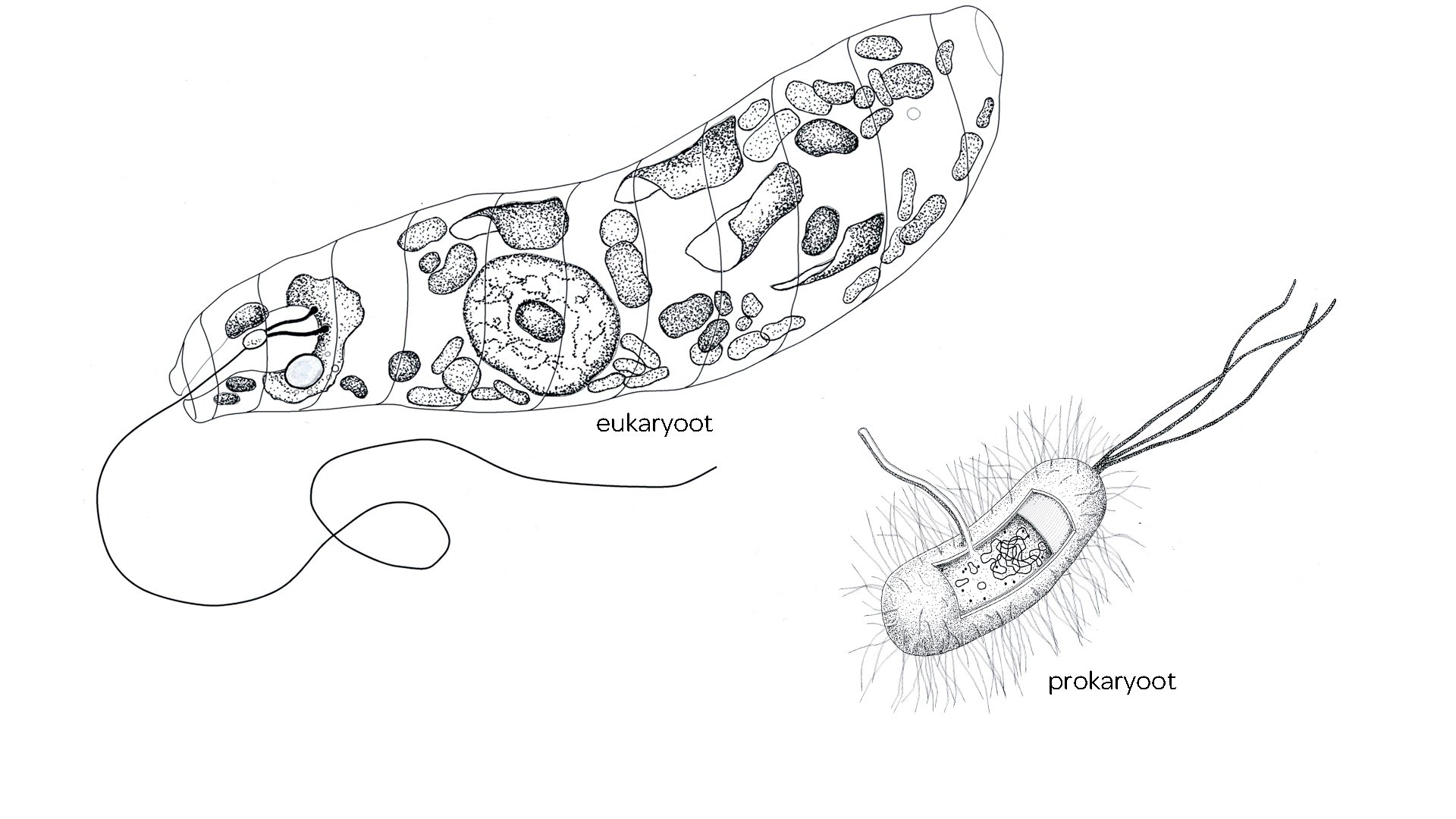Endosymbiosis is when an organism lives symbiotically in the cells or in the body of a host organism. This phenomenon is thought to have been the origin of some organelles.
Endosymbiosis is when an organism lives symbiotically in the cells or in the body of a host organism. This phenomenon is thought to have been the origin of some organelles.
How cells become more complex
The theory of endosymbiosis explains how eukaryote cells, in the course of their evolution, came to have certain organelles, such as mitochondria and chloroplasts. These organelles are descended from early prokaryotes which operated closely together with eukaryote cells.
1.5-billion-year-old mechanism
Research has shown that mitochondria are descended from early proteobacteria and that chloroplasts were once cyanobacteria. Around 1.5 billion years ago, these unicellular microbes were absorbed into eukaryote cells through a process of endosymbiosis. They became an important part of the cell and finally merged with it. One piece of evidence for this is that the genetic material of these organelles is very similar to that of certain prokaryotes. The organelles also have the same ribosomes as bacteria. And mitochondria share many enzymes and systems of transport as the proteobacteria from which they are descended.

